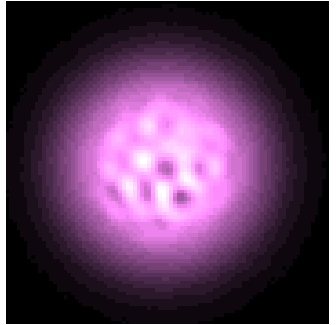 Home
Research
People
News
Publications
UW Physics
Home
Research
People
News
Publications
UW Physics
In the AQuA lab we are exploring gate-based quantum computing with arrays of neutral Cs atoms and Rydberg interactions. Near term project directions include two qubit gates with one-photon Rydberg transitions and an upgrade of the computer to a dual-species architecture with Rb and Cs.

Scientist
Joined in 2016
tgraham3@wisc.com

Ph.D. Student
Joined in 2017
cpoole2@wisc.edu
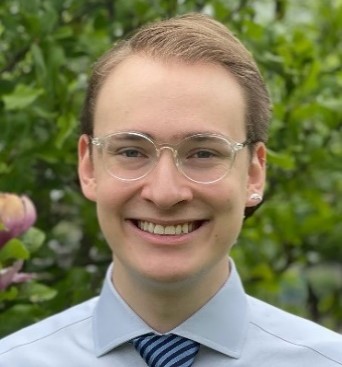
Ph.D. Student
Joined in 2021
snorrell@wisc.edu
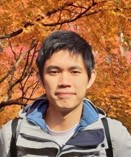
Ph.D. Student
Joined in 2021
phuttitarn@wisc.edu
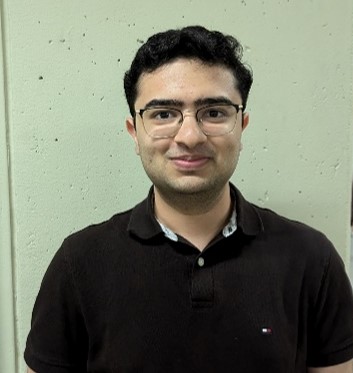
Ph.D. Student
Joined in 2024
uday.singla@wisc.edu
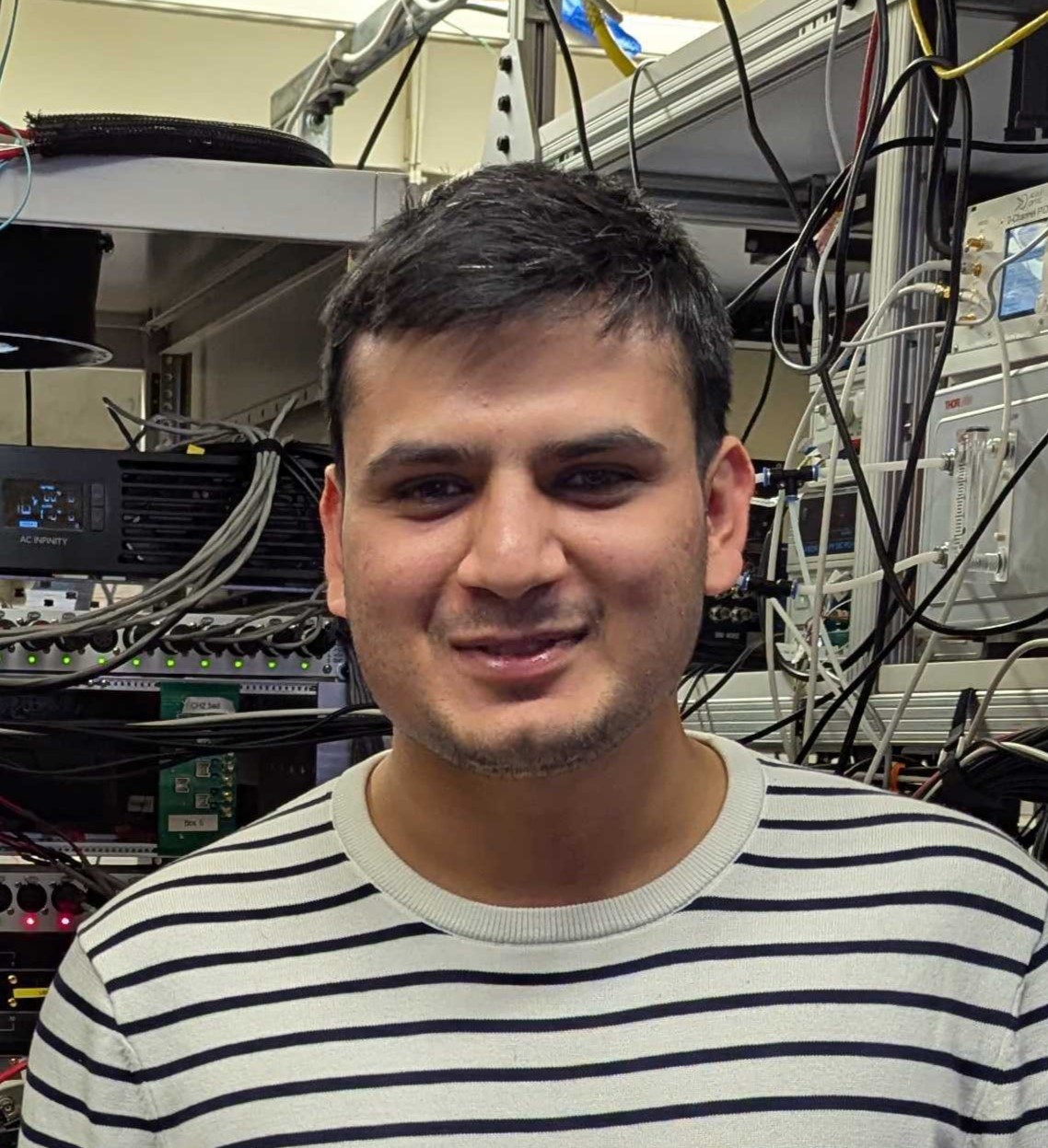
Master's Student
Joined in 2024
ksinha24@wisc.edu
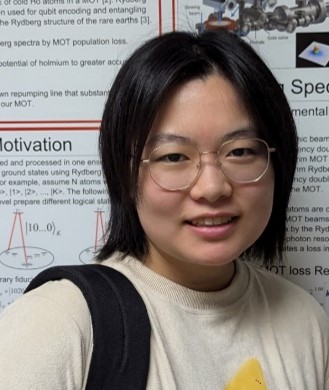
Undergraduate Student
Joined in 2023
zyan229@wisc.edu
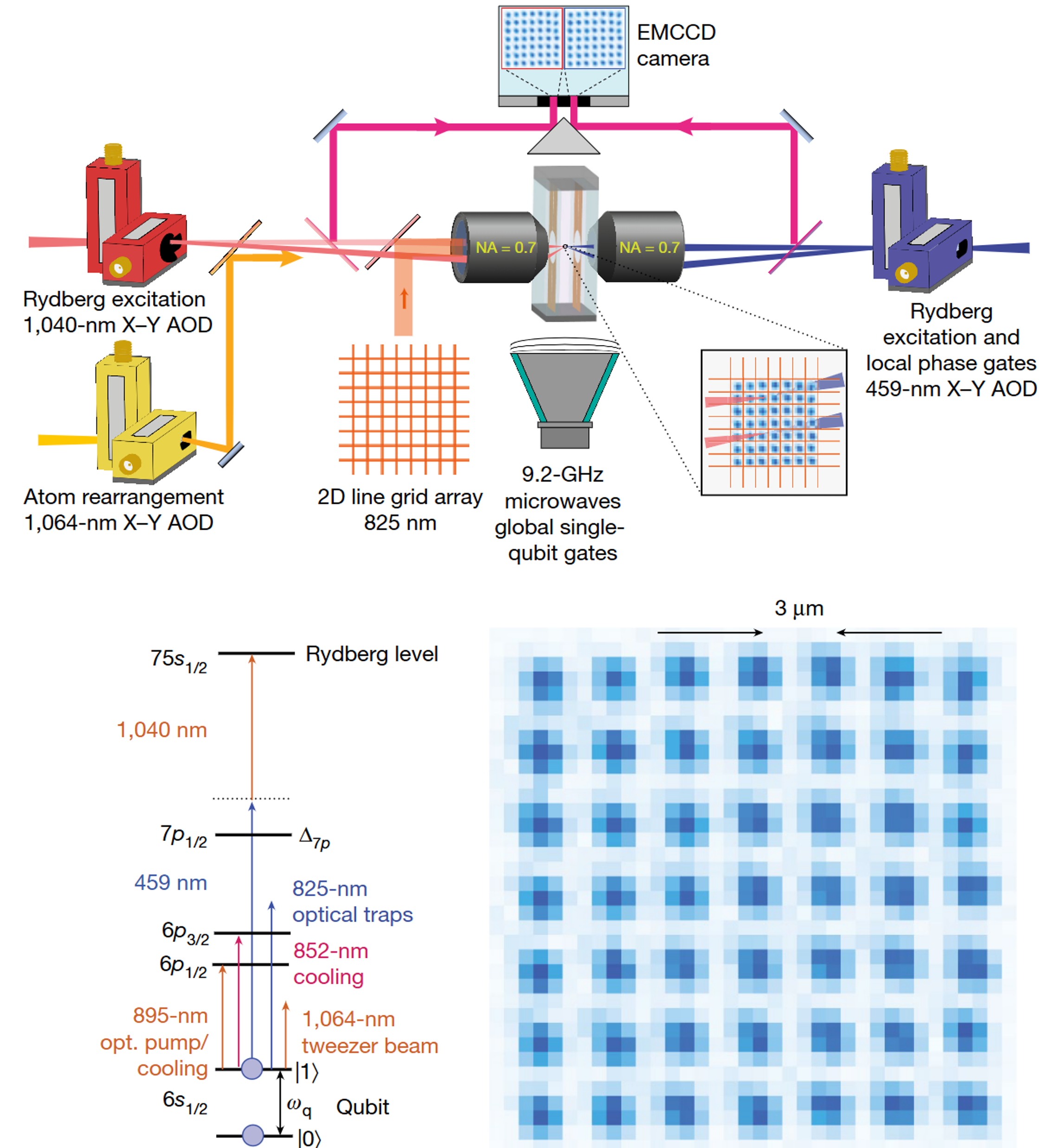
Quantum networks are of interest both in terms of both fundamental science and for growing the quantum ecosystem, such as providing a pathway to scaling quantum computers. In the SNAQ lab we are working towards remote entanglement generation between individual atoms in separate vacuum chambers, where the atoms can be either the same species, Rb, or two different atomic species Rb and Cs. The distributed entanglement can then be used as a resource for enhanced quantum sensing with entangled states, or for linking up quantum registers implemented with atom arrays at each network node.

Scientist
Joined in 2021
asafari@wisc.edu
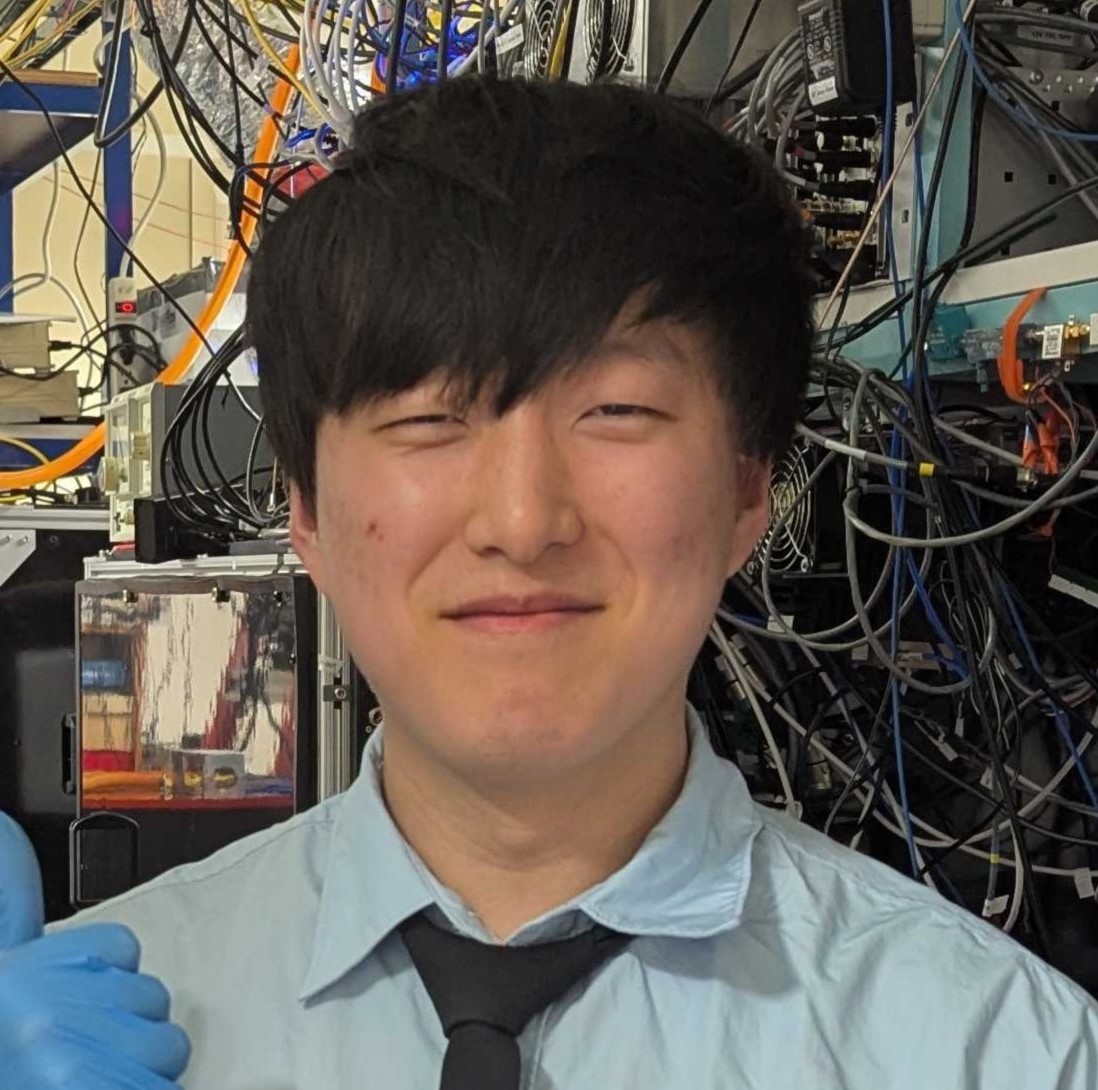
Post Doc
Joined in 2025
hhwang63@wisc.edu

Ph.D. Student
Joined in 2020
eunji.oh@wisc.edu
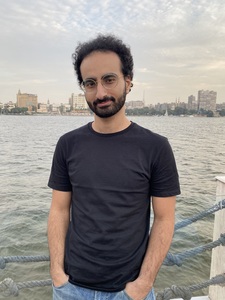
Ph.D. Student
Joined in 2023
onagib@wisc.edu

Ph.D. Student
Joined in 2024
moon59@wisc.edu
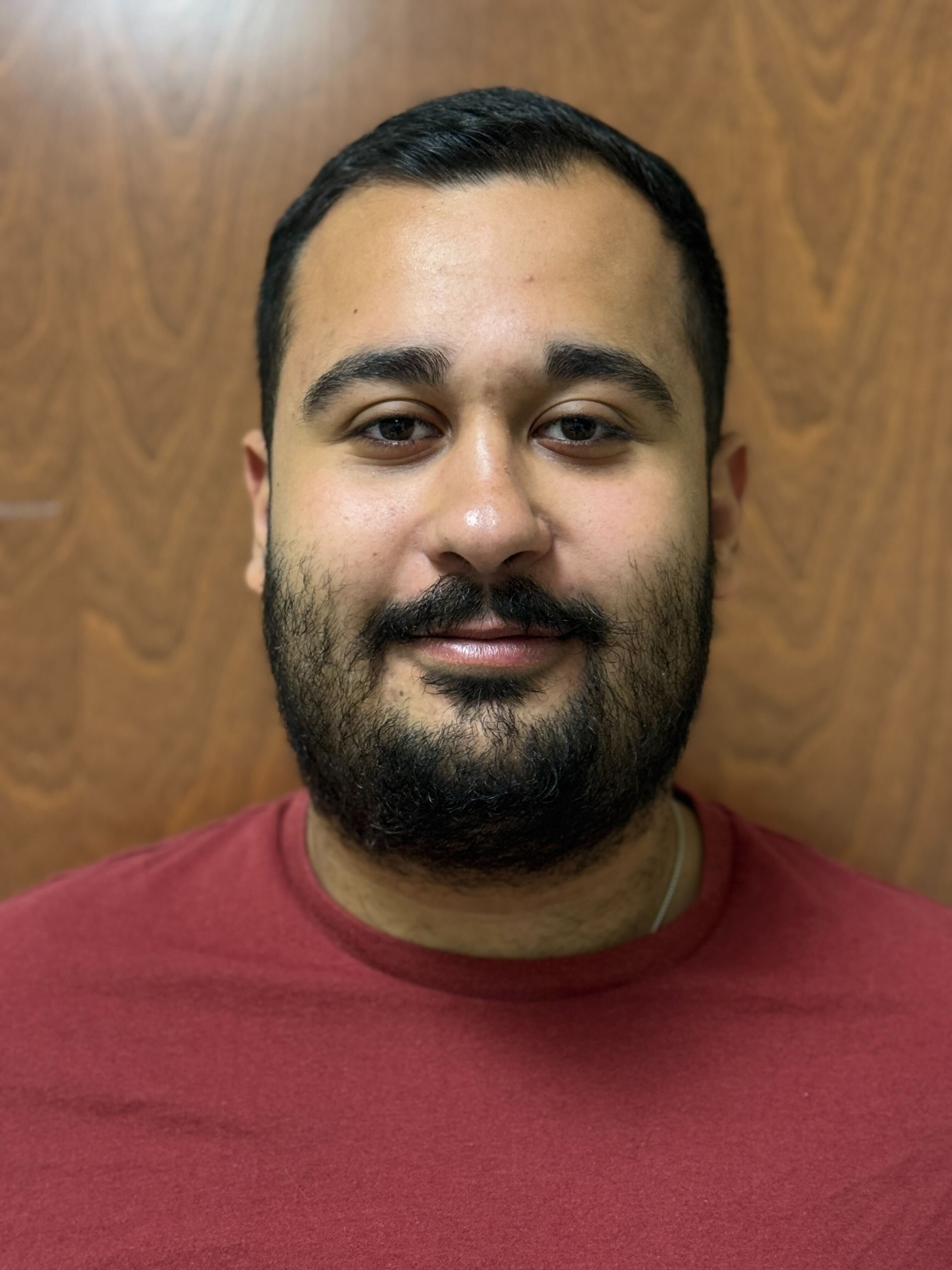
Ph.D. Student
Joined in 2024
herzallah@wisc.edu

Master's Student
Joined in 2024
aprakash@wisc.edu
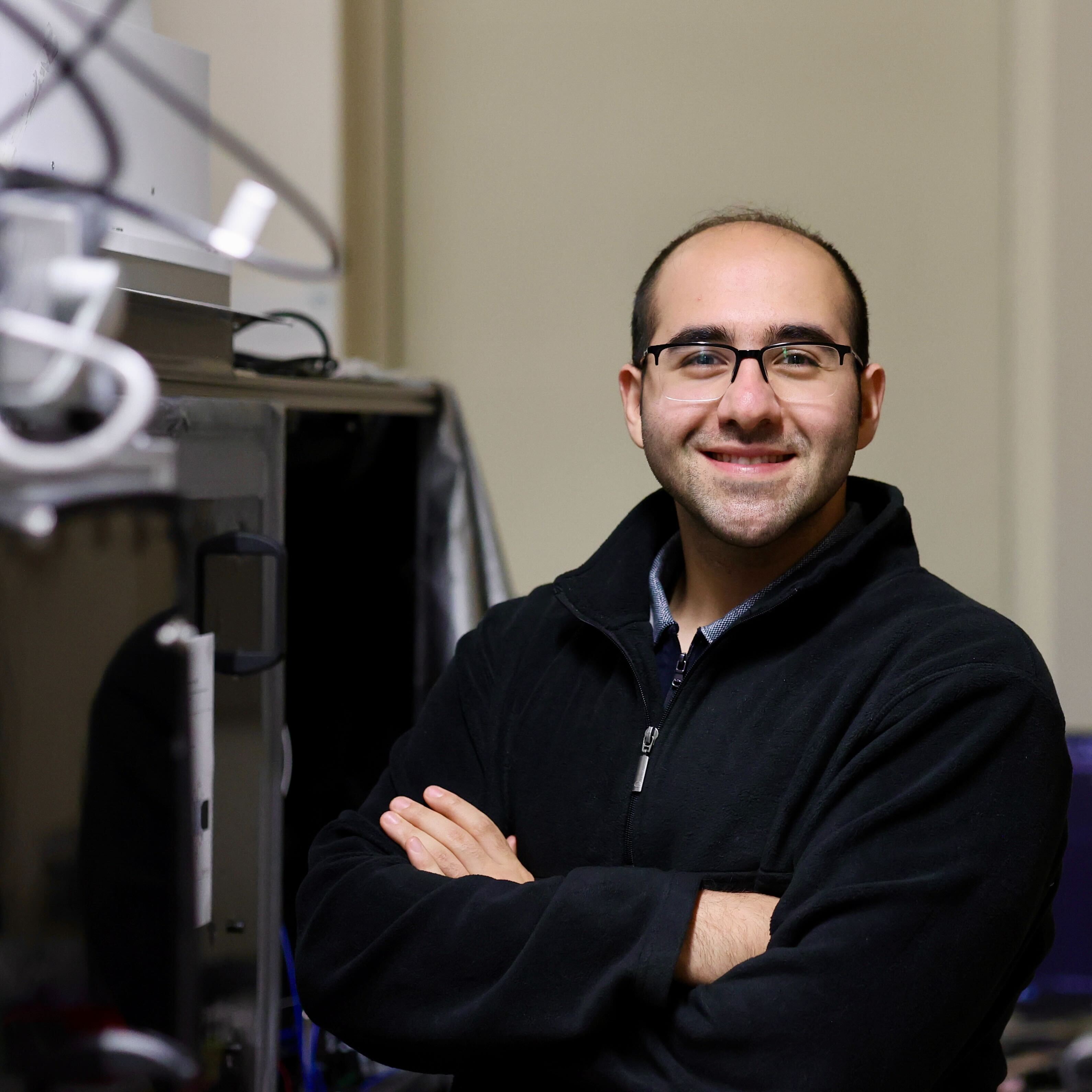
Master's Student
Joined in 2025
skashani@wisc.edu




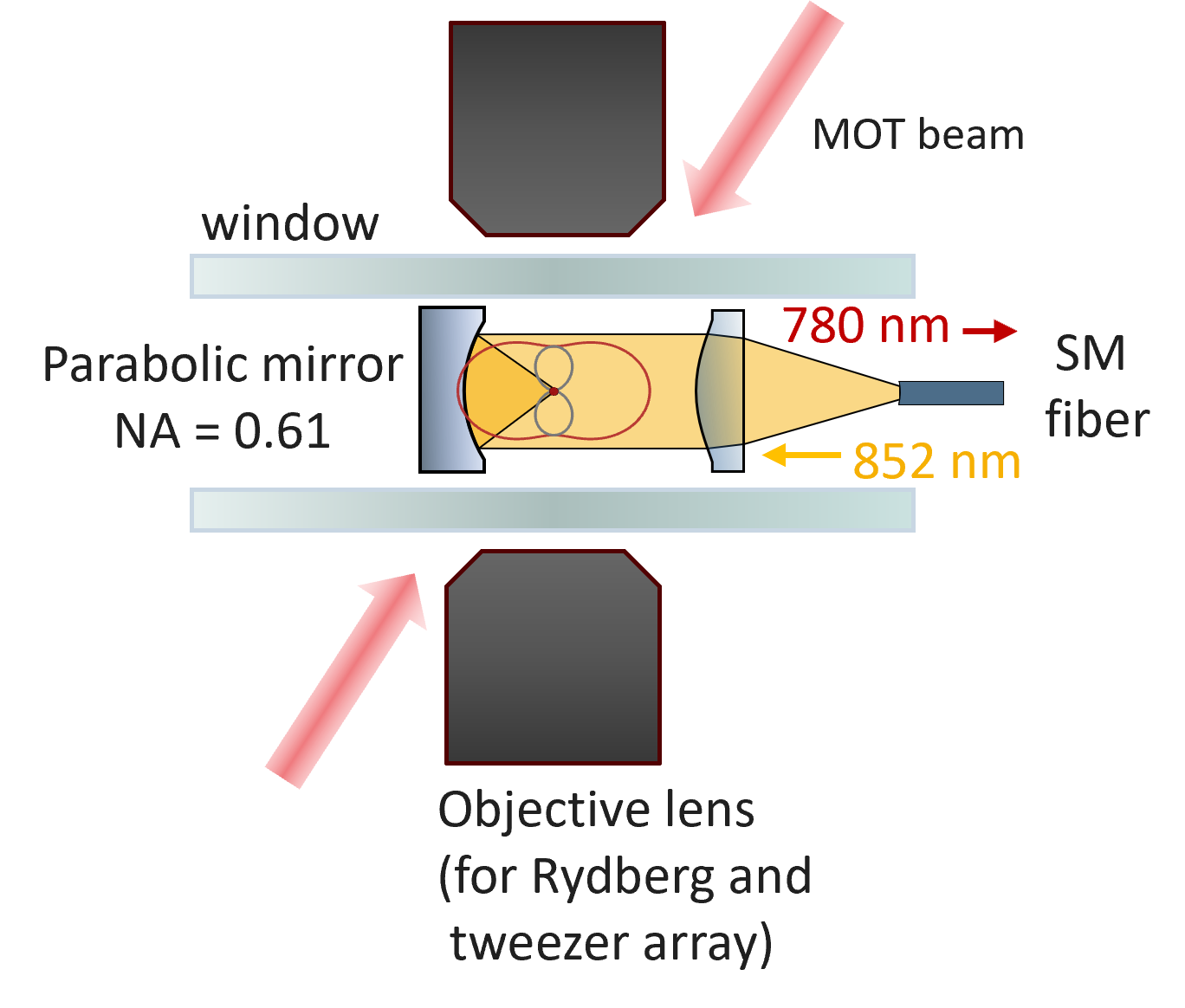

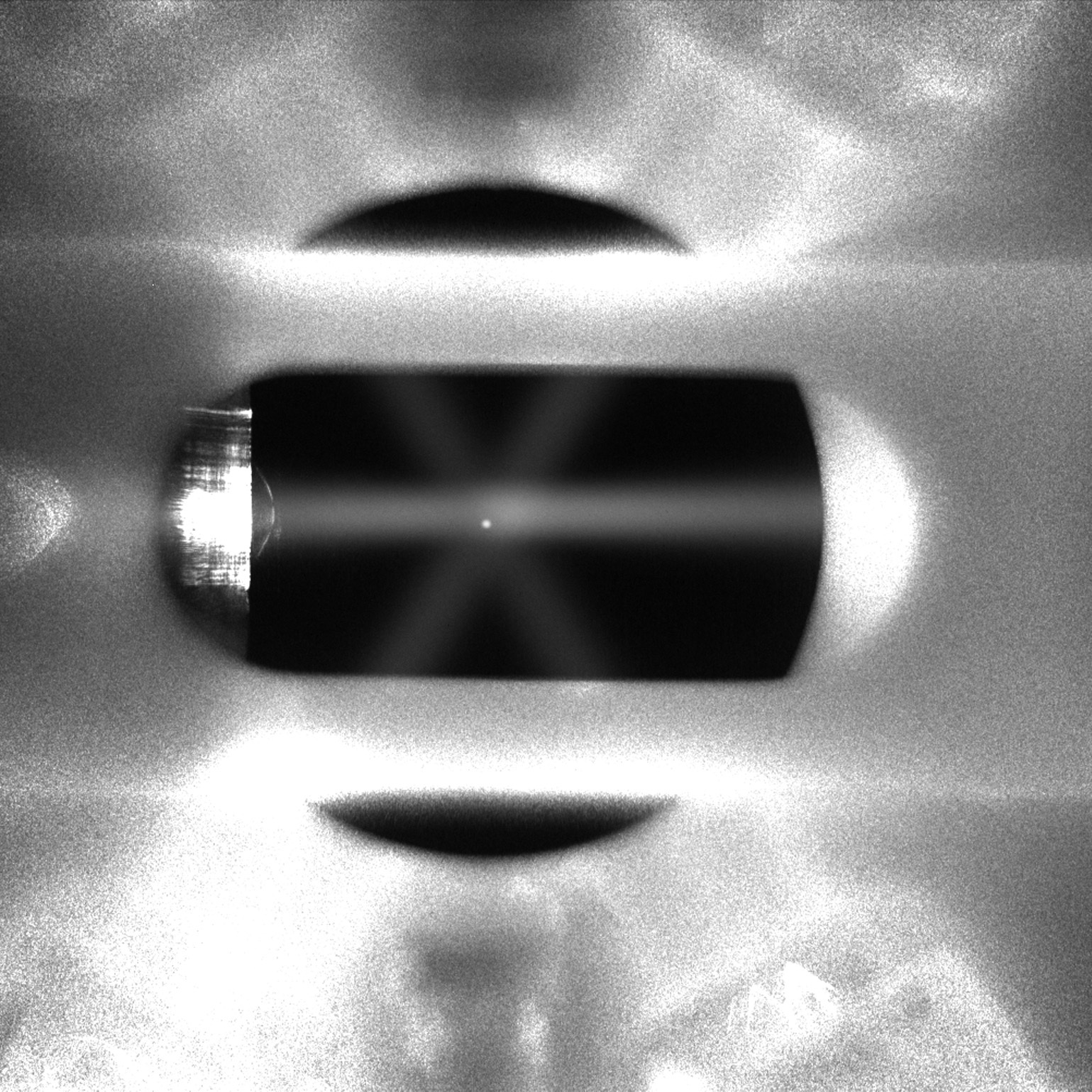

In the CLOC lab we are working on creating an optical lattice clock with Cs atoms addressed on a forbidden optical transition, with atoms confined in a 3D optical lattice using a magic trap wavelength. By using the forbidden transition at 685 nm, we can achieve colder atoms compared to using the typical D2 cycling transition due to the narrow linewidth of the transition. Moreover, this transition allows us to do background-free imaging, where the emitted light as at 852 nm light, and the 685 nm imaging light can be filtered out.
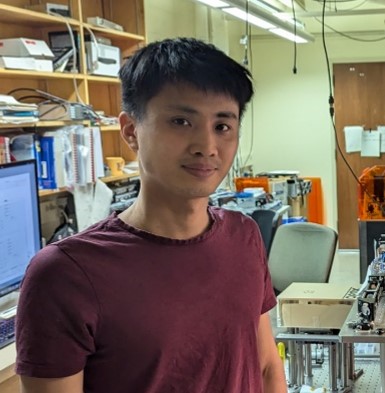
Ph.D. Student
Joined in 2021
hm.lim@wisc.edu
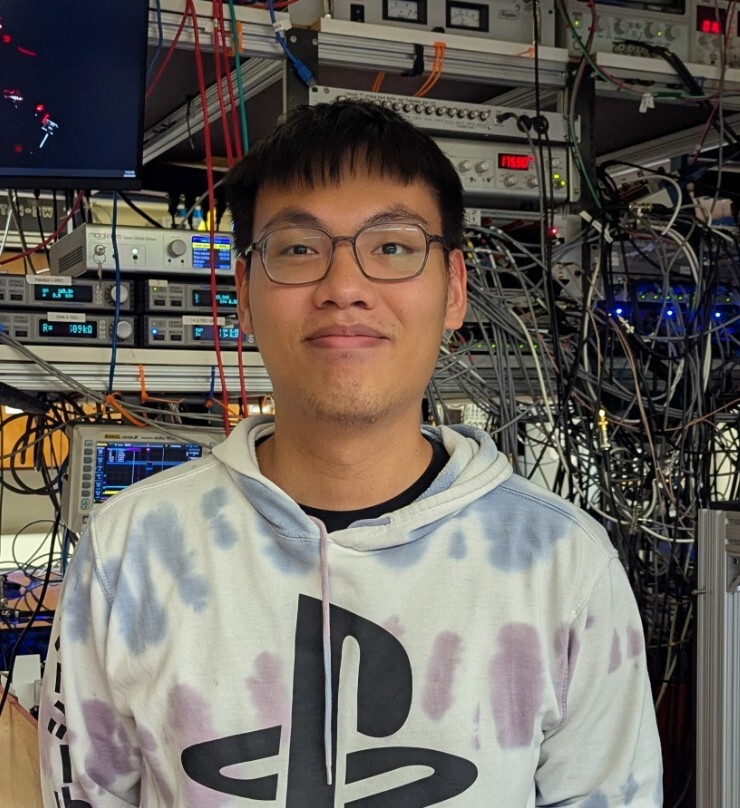
Ph.D. Student
Joined in 2025
tmha@wisc.edu

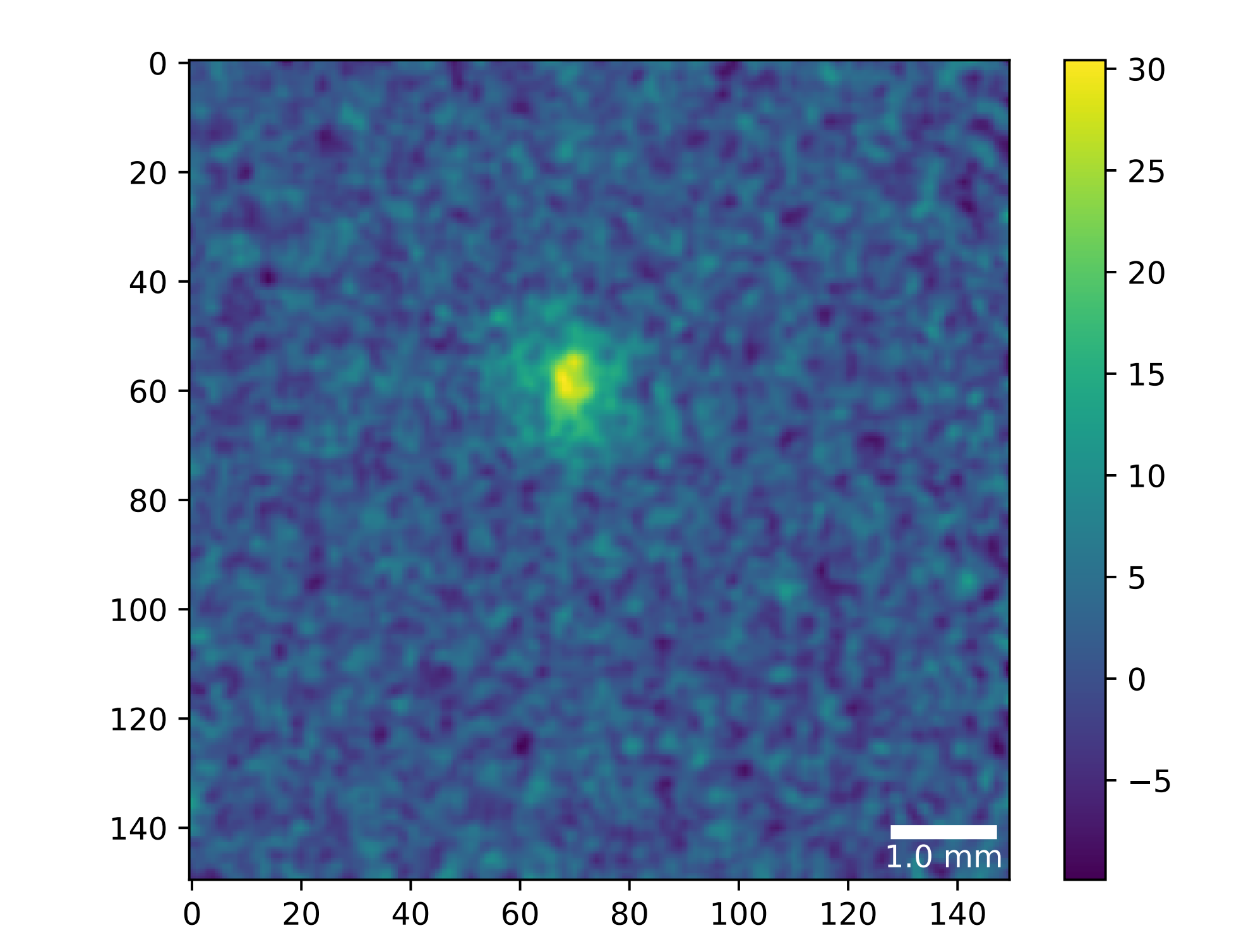
We are exploring the use of neutral atoms for quantum information processing using several related but complementary approaches. Experiments have been conducted using three different atomic species: Rb, Cs, and Ho.
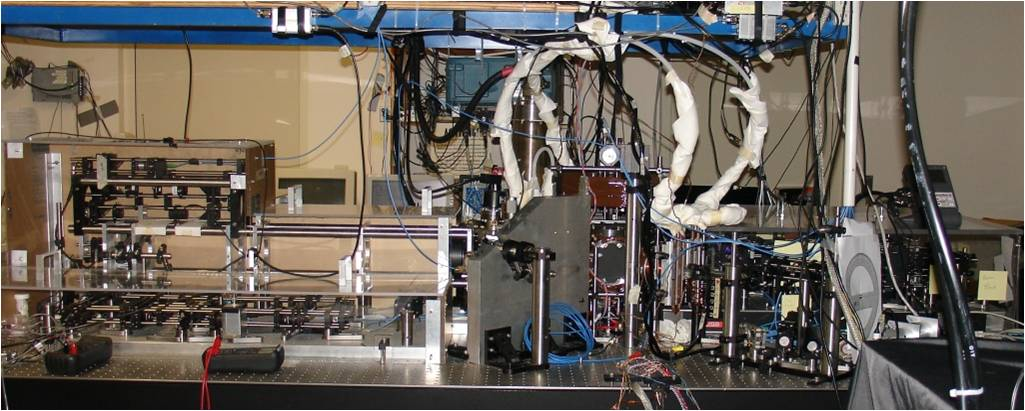


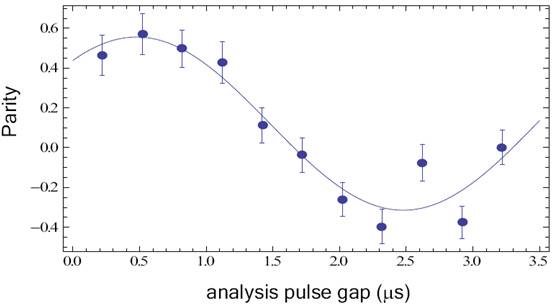
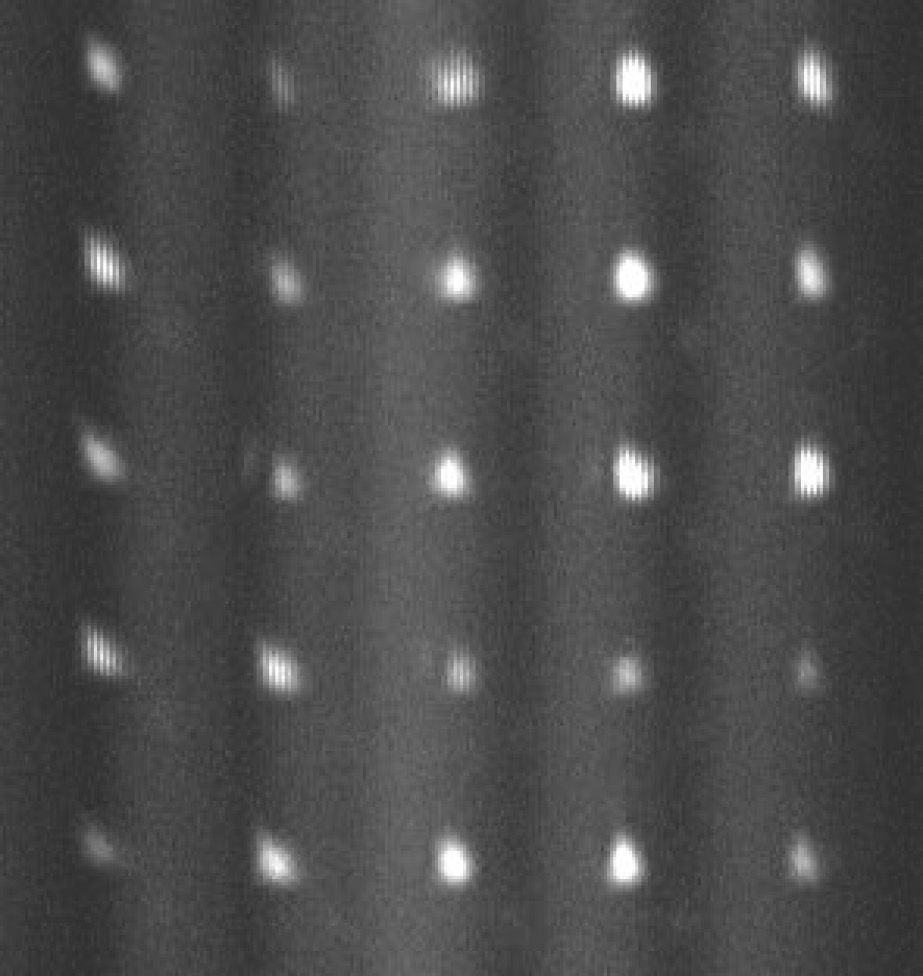

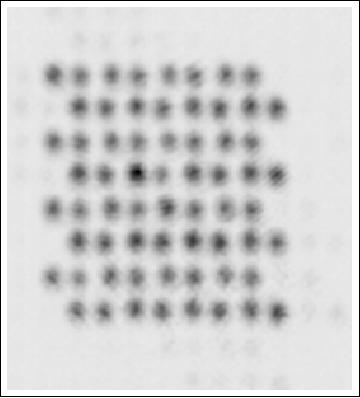
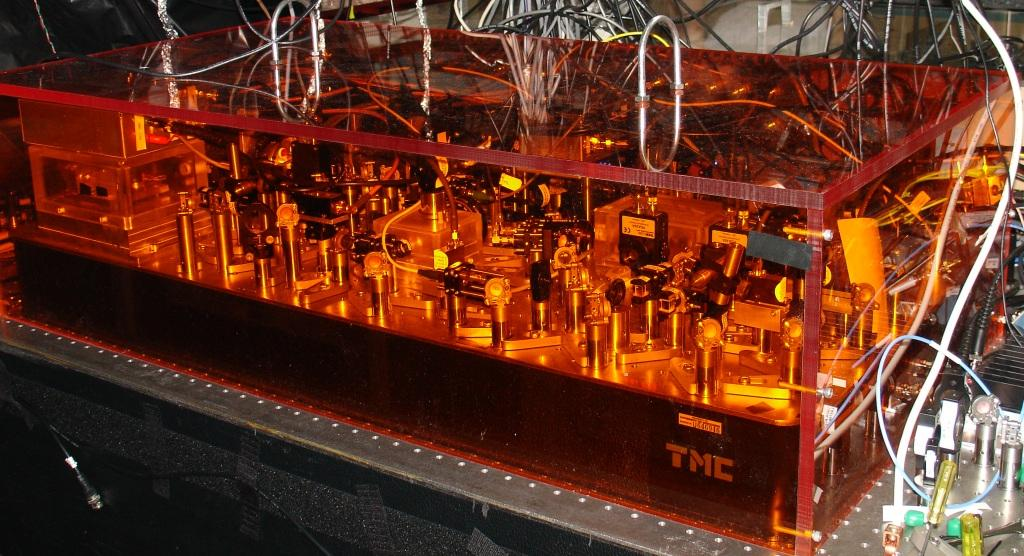
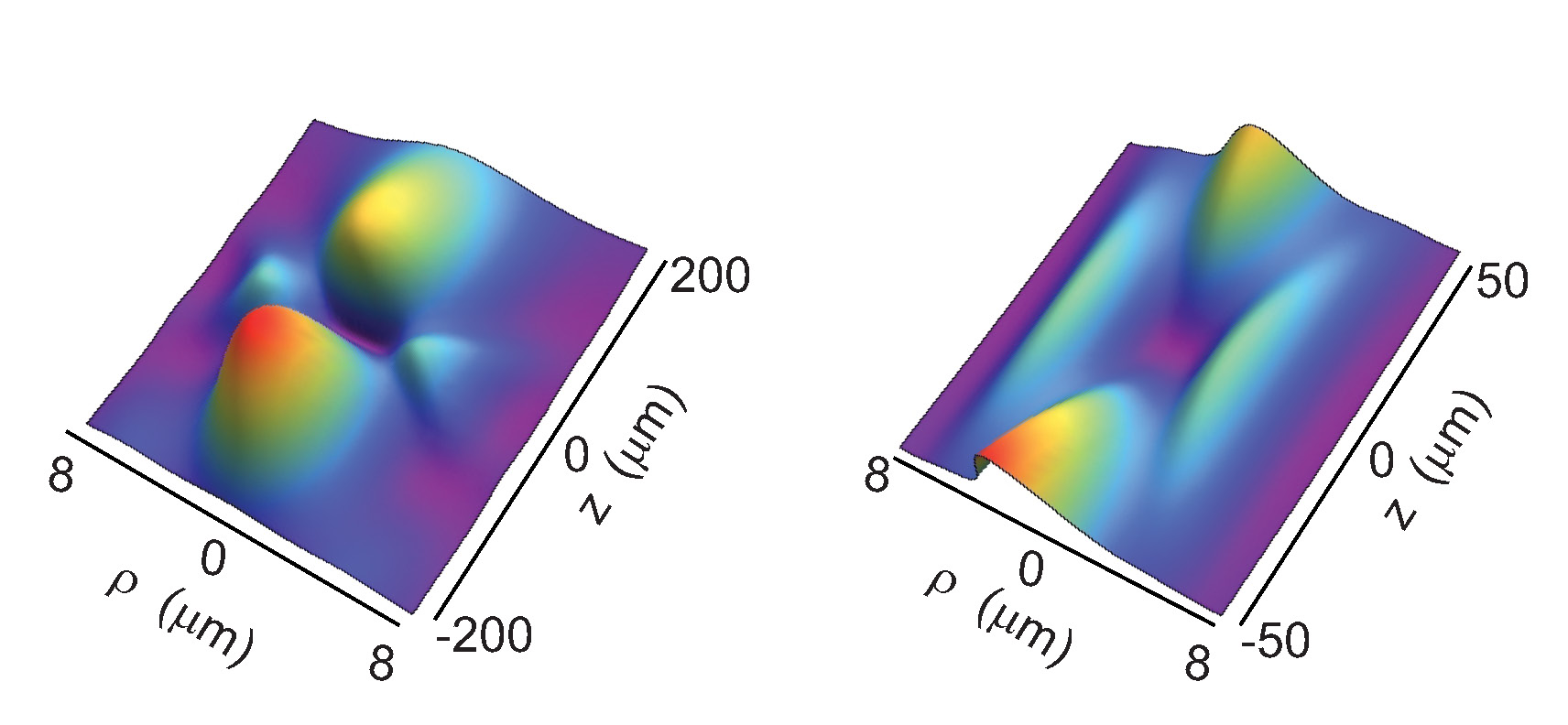
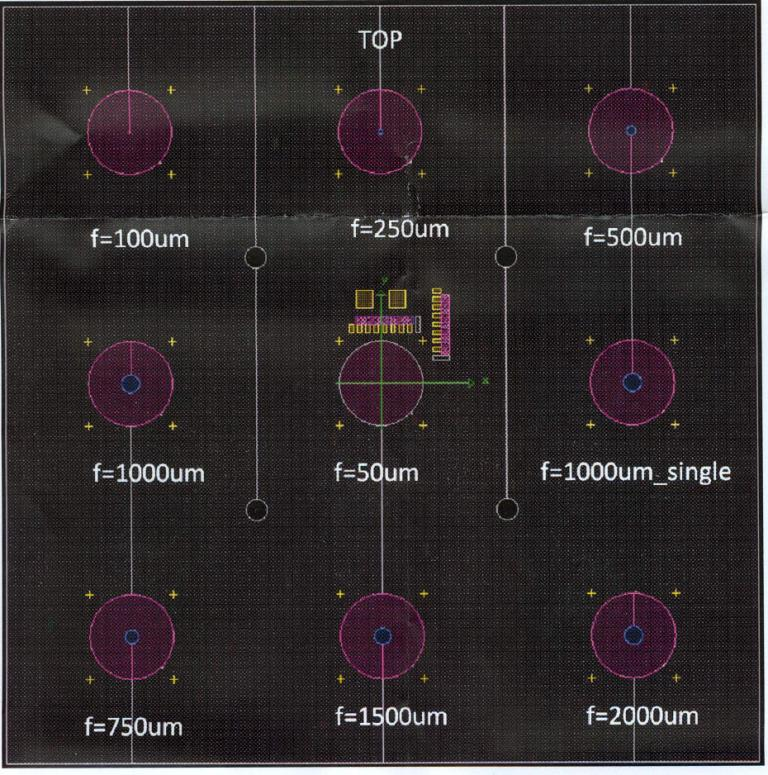
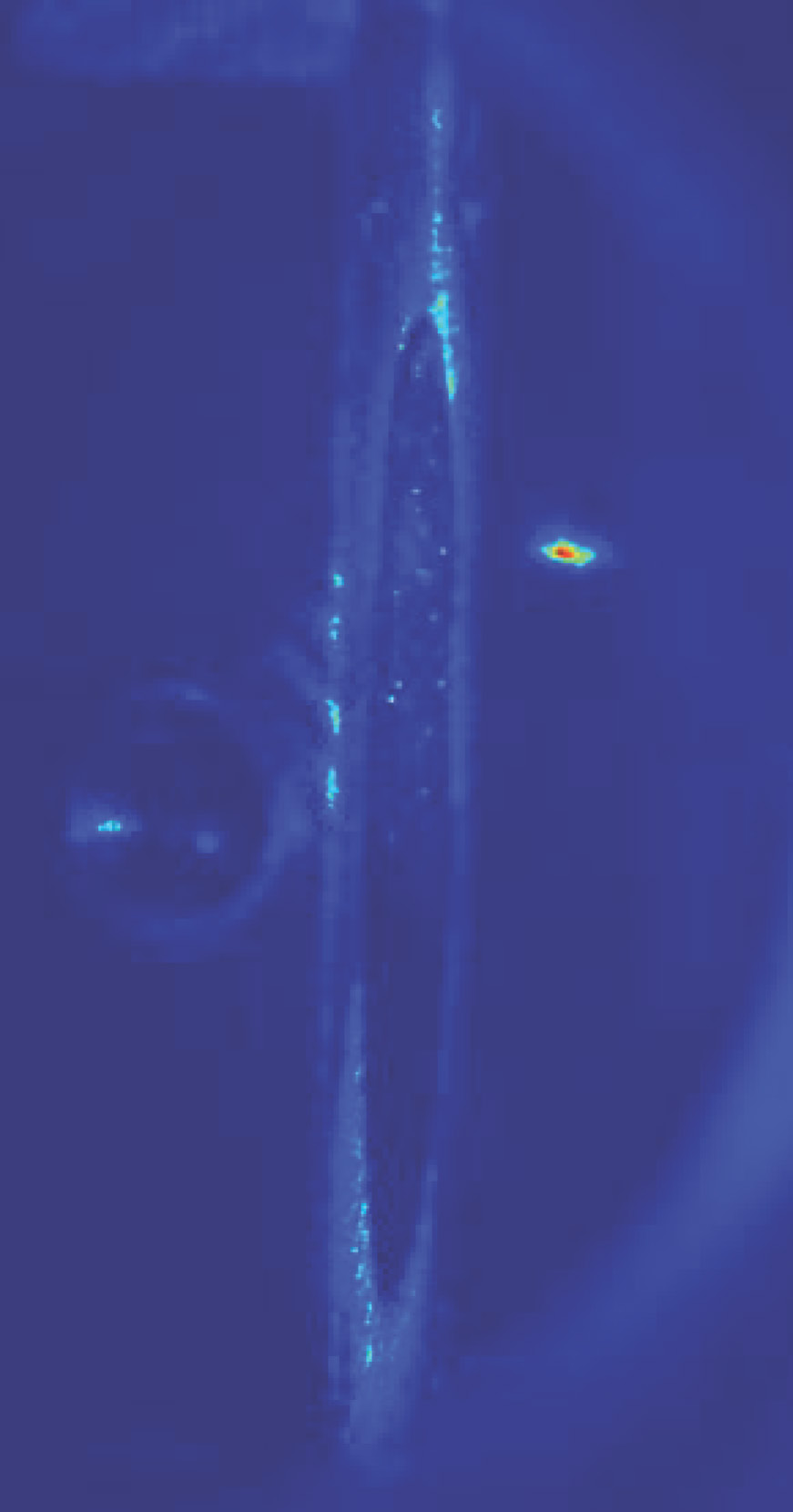

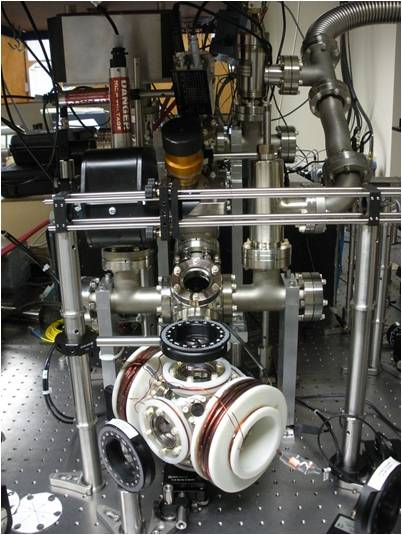

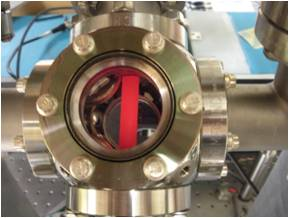
MPEG movie showing the formation of a hexagonal pattern in singly resonant SHG (numerical simulation).
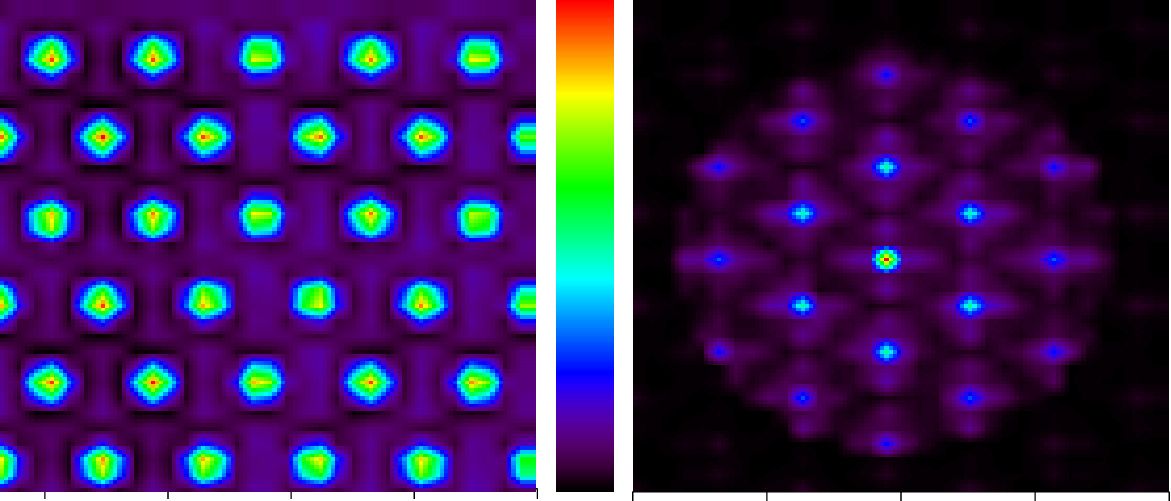
MPEG movie of spiral wave dynamics (left) in the internally pumped Optical Parametric Oscillator (numerical simulation, caution 7 MB file). Intracavity second harmonic generation (middle) in a KNbO3 crystal. Quantum structures in second harmonic generation can be seen by the image on the right.


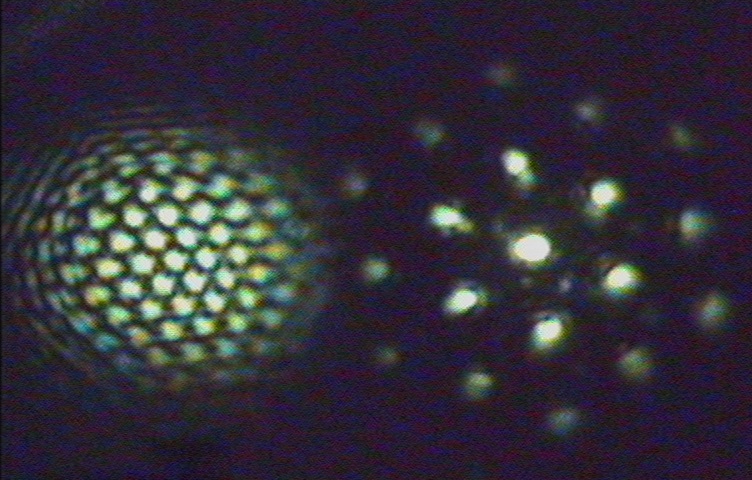
Ultracold atoms propagate as waves. We are studying nonlinear effects that arise from the coupled propagation of light and matter. Predicted effects include filamentation instabilities, and soliton formation. Calculations of coupled filamentation of atomic field (left) and optical field (right).

